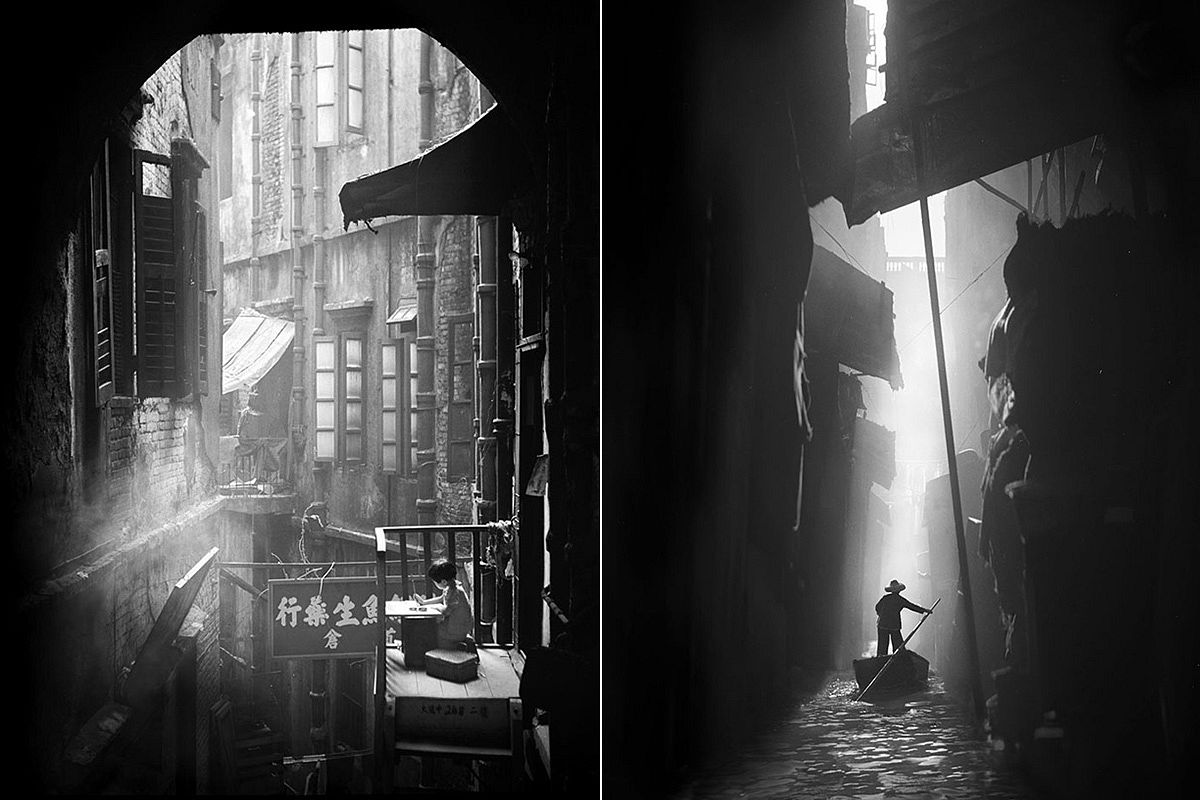While China's environment may be hostile to plant life, the heads of its citizens certainly aren't.
In fact, wearing fake bean sprouts in your hair is all the rage these days in Beijing and around the country, according to the New York Times.
Though it's spread like wildfire, the fad has mysterious origins. Some say it started in Chengdu, a freewheeling, plant-loving southwestern city. Regardless, what began as a few modest bean sprouts climbing out of the wearer's hair has since grown into an array of vegetables, fruits and flowers which Chinese people use to stand out in the crowd. Local vendors stock everything from clovers and sunflowers to pine trees, mushrooms, chilis, cherries and gourds.
There are a host of interpretations to the meaning of these wearable plants, with some alleging that the trend is inspired by the Chinese virtue of achieving harmony with nature, while others liken the antenna-like clips to something you might see on the Teletubbies. Others still believe the fad simply came about because locals think it's cute.
“This shows that in China now we’ll try almost anything that we see on the Internet,” Wang Hao, a university student who is into the fad, told the Times. “Nobody knows what it means, but we do it anyway.”
If nothing else, the fad brings a little color to the hazy, black-and-grey concrete jungles of urban China. For one Beijing vendor of the brightly-hued clips, these fake bean sprouts are raising a greater awareness of the value of plant life.
“It’s fun, but I guess it’s also about protecting the environment, to show that you care about nature,” Mao Wenli, 50, told the Times. Never mind the fact that they're mass-produced, plastic and sold as hairclips.
Related Articles:
- China Just 3D-Printed An Entire Mansion
- [Video] Chinese Company Builds 57-Story Skyscraper In 19 Days
- Chinese Authorities Can Now See 100% of Beijing
[Photo by New York Times]














